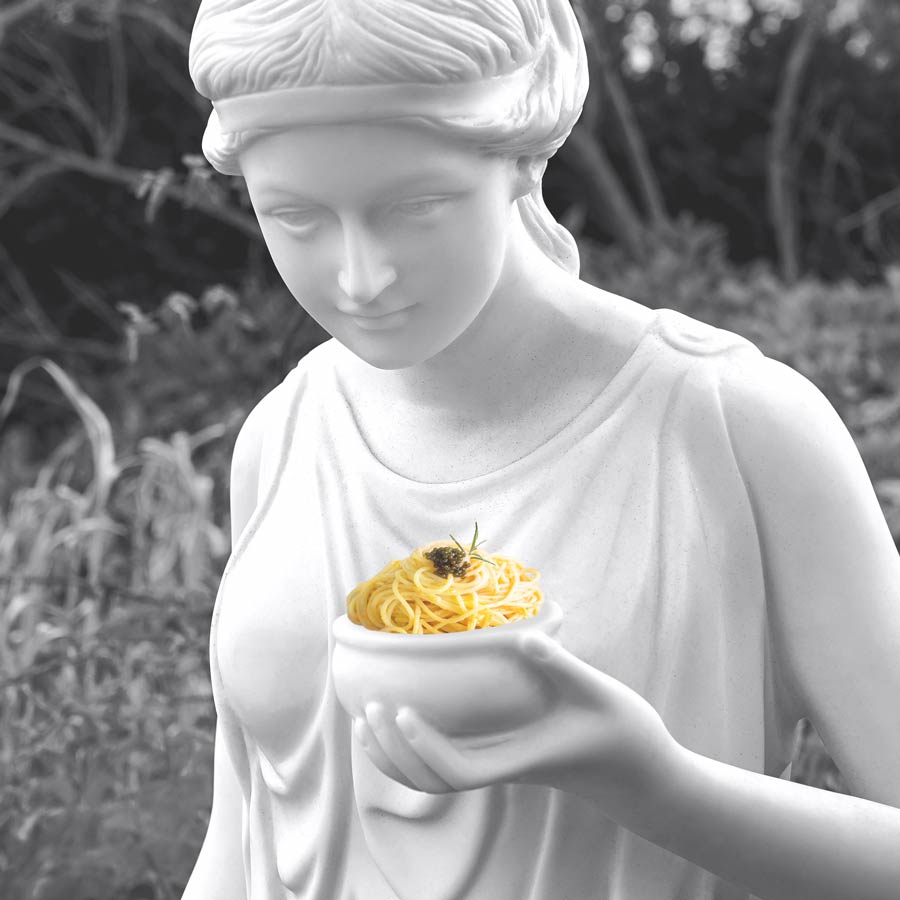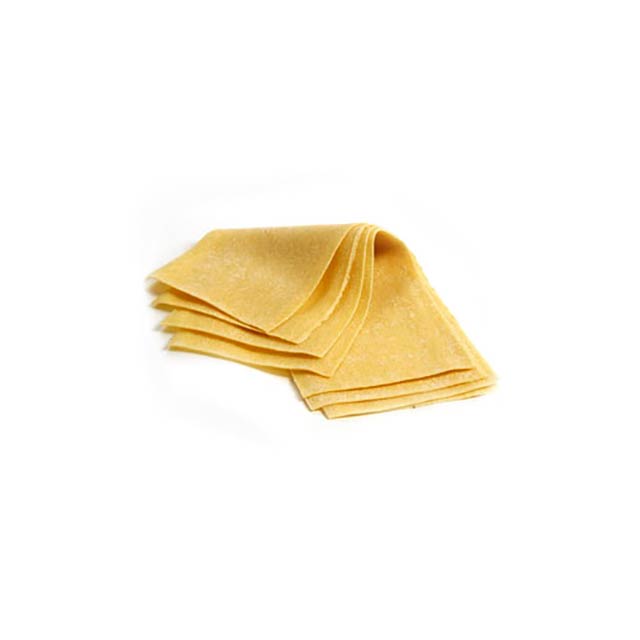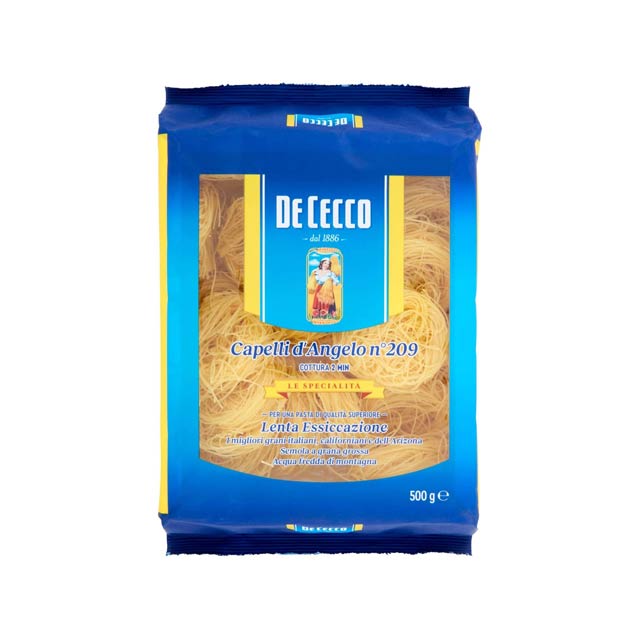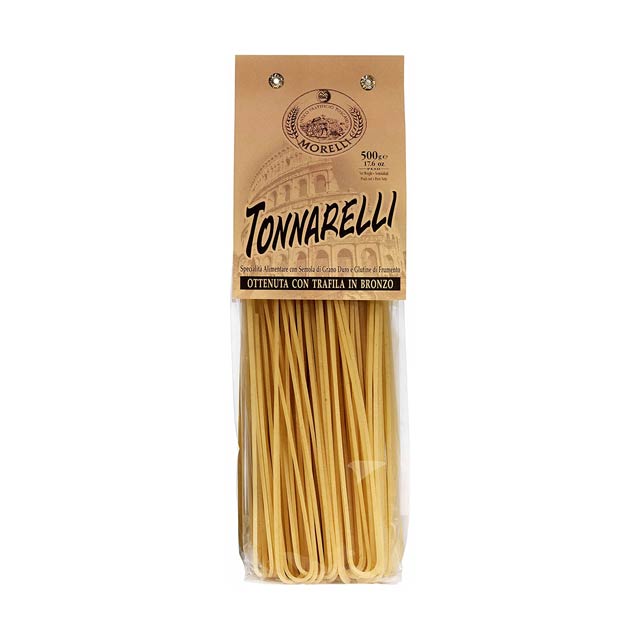
Elbow Macaroni
- Grains
Pasta is an essential staple in many different cuisines around the world! There are so many different shapes, sizes, and flavors – spaghetti, fettuccine, ravioli, penne – just to name a few. Pasta isn’t a dish that goes out of style. It’s a story of food, culture, and traditions. You can enjoy it in many ways, it complements and enhances many other food dishes.
What kind of pasta is right for you? Have you ever wondered how pasta found its way into your plate? The history of this food is extremely interesting.
A bit of history
Many of us will remember the story of Venetian explorer Marco Polo importing home noodles from China. It’s quite inaccurate since pasta was already popular in Italy by the time Marco Polo made his trip to China in the late XIII century.
And while the Chinese may have enjoyed noodles thousands of years before pasta first came to Italy, that doesn’t necessarily mean that the dish was borrowed from one country to another. Some historians attribute the origin of pasta in Italy to Arab groups who were able to share the drying technique developed as a storage method during long travels. Arabian pasta also made its way to Greece; the ancient Greek word for ribbon is “itrion”, and some experts believe it is related to the Arabic word “itriyya”, meaning noodles.

Pasta is the most popular and diverse of all Italian foods. Unique shapes, colorful sauces, and yummy recipes are a part of every region in Italy. Whether you like your pasta long, short, or wide; smooth, sticky, or straight as an arrow; there’s something for everyone. Have you ever wondered how your favorite pasta shapes originated?
Here are the five most popular pasta shapes and a little bit of history behind each one. If you haven’t tried one yet, get the type you want and check our recipes page.

Fresh lasagne sheets
- Grains
Lasagna sheet is one of the earliest forms of pasta. Its origin comes from ancient Rome.
In ancient Greece, lasagna was called “laganon”, in ancient Rome – “laganum”, and it looked completely different to what have on our tables these days. Tomatoes appeared in Europe only in the 16th century, so other ingredients were used instead. One of the recipes from IV century lists a sauce that was made from a sauce of boiled pork belly, raisin wine, and bird breasts. Starting from XIV century lasagna was cooked with grated cheese and spices – similar to what we eat these days.

Vermicelli
- Food cupboard
- Grains
If the pasta originates from Europe and the noodles are from Asia, where did the vermicelli come from? It first emerged in Italy about six centuries ago, you can find the recipe in a book compiled by the culinary master Martino da Como.
So what is vermicelli? It’s a long thin pasta and the name translates as “little worms”. Western cevilisation has chosen to apply this name to similar Asian noodles.

Elbow Macaroni
- Grains
Another form of pasta mentioned in Martino da Como’s cookbook is pasta. The word “pasta” has a somewhat controversial etymology, but there is one interesting explanation that makes sense. In “Heraclides” Euripides, which tells about the children of Hercules, we are talking about one of his daughters – Macarius. Demophon, king of Athens, declares that, according to the oracle, the only way to save the city is to sacrifice the daughter of a noble father. Macarius offers herself as a noble maiden to meet a “glorious death.” In the “Court”, a kind of encyclopedia of the ancient world, there is a story about another Macarius. This Macarius is the daughter of Hades, and she was also associated with a divine death.
You are probably wondering what all of this has to do with pasta? The Greeks used the word “makaria” to describe food made from barley – perhaps because barley dishes were part of the funerary tradition in Ancient Greece. Even today, the meal served after a Greek Orthodox funeral is called “macaria”. If all of this is true, pasta as we know it today evolved from “macaria”, a dish made from barley flour. When the Greeks founded the colony of Naples, they got acquainted with the barley dish, which was prepared by the locals, calling it “macaria”. Over time, the barley that was used to prepare the dish turned into durum wheat, and the name changed to pasta.
Macaroni that we know are mentioned in a XIV century cookbook written by the chefs of King Richard II, the recipe includes grated cheese and ghee.

Tonnarelli
- Food cupboard
- Grains
Another version of macaroni and cheese is the classic Roman dish “Cacho e pepe”. Its name translates as “cheese and pepper”, and this is almost the entire list of ingredients, along with water and pasta – traditionally tonnarelli.
Tonnarelli is similar to spaghetti, but it tends to have square rather than rounded edges. De Cecco, an international pasta manufacturer from the Italian region of Abruzzo, east of Rome, calls tonnarelli a regional version of Maccheroni alla Chitarra. Chitarra is a device used to make pasta. The word chitarra translates to “guitar”, and if you look at the device, you will understand why it was called that. Thin raw dough is pushed through it, which turns into long strips in the process.

Stroncatura
- Food cupboard
- Grains
Stroncatura is a type of pasta native to Calabria in southern Italy. This pasta is a bit like linguine, with a few notable differences: it’s slightly darker, has a rougher texture, and was illegal for most of its history.
Stronkature was originally made from scraps that were picked from the floor in pasta factories and turned into dough. As an outcome, pasta had a sour taste and a porous surface. The authorities were concerned about sanitary and hygienic standards. This meant that for many years the only way to get stronkature was to buy it on the black market.
Today stronkatura is produced in much cleaner conditions. Manufacturers use the part of the wheat grain with the highest fiber content to recreate the dark color, while the bronze shape, called the matrix, gives the pasta an uneven surface.